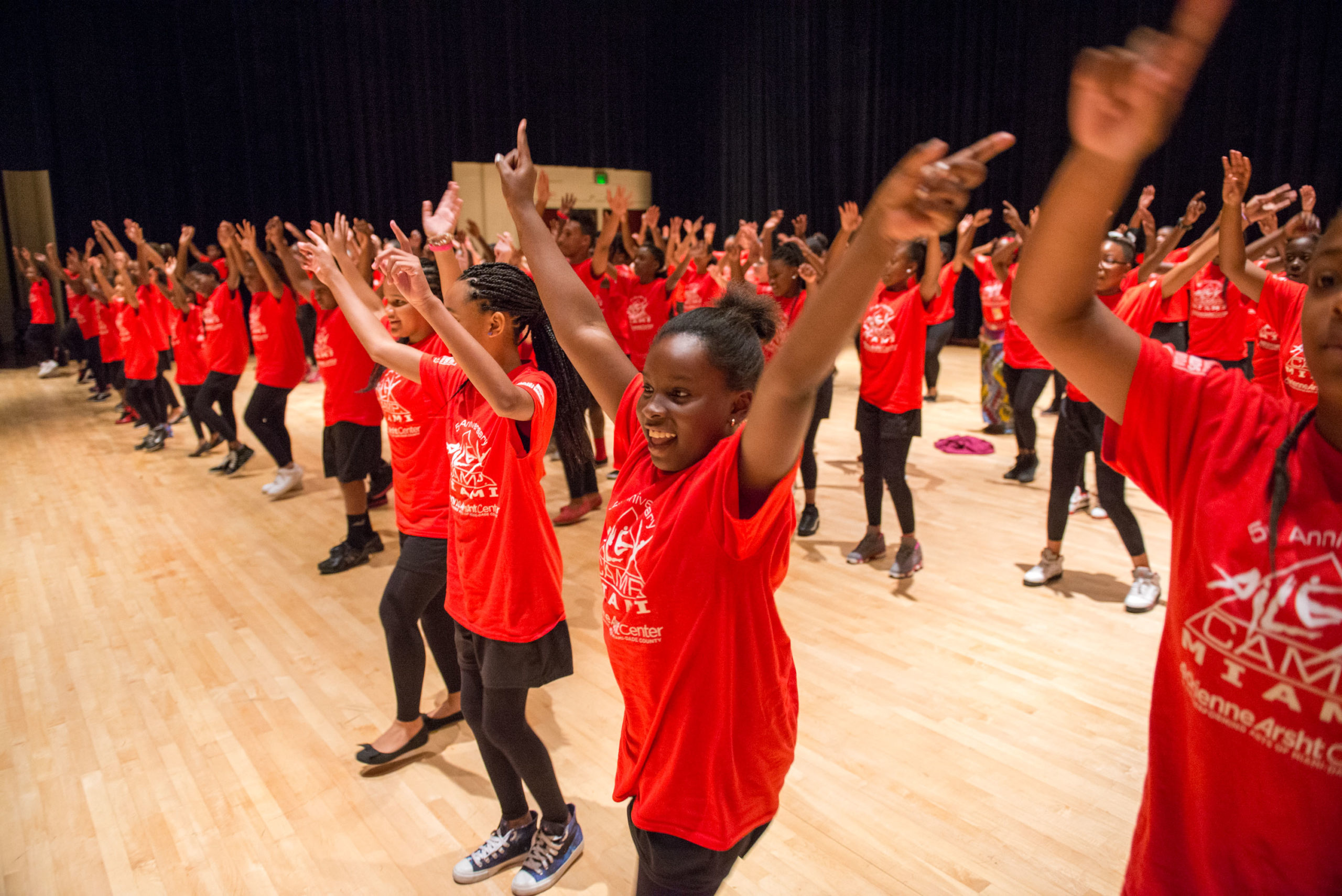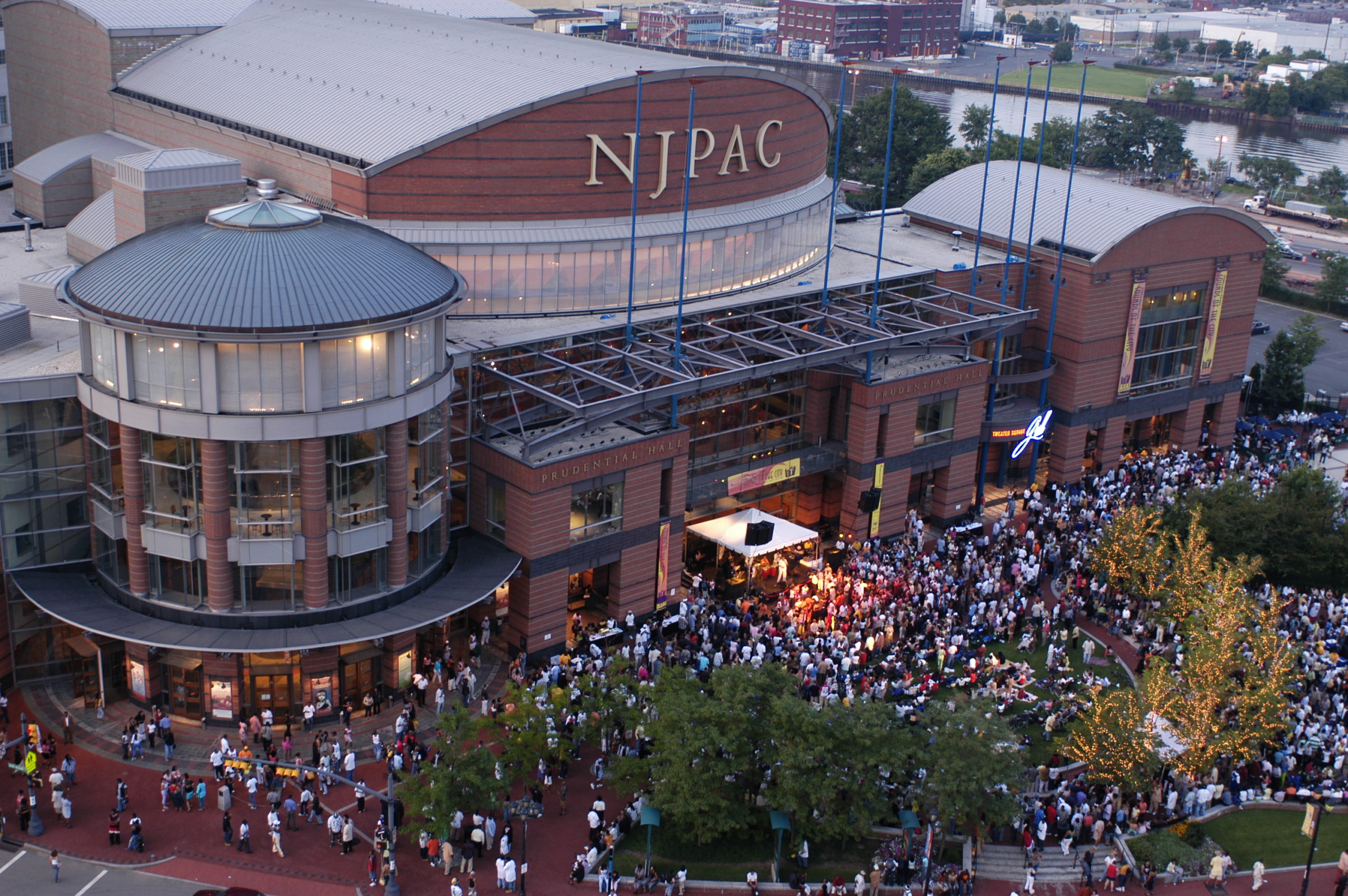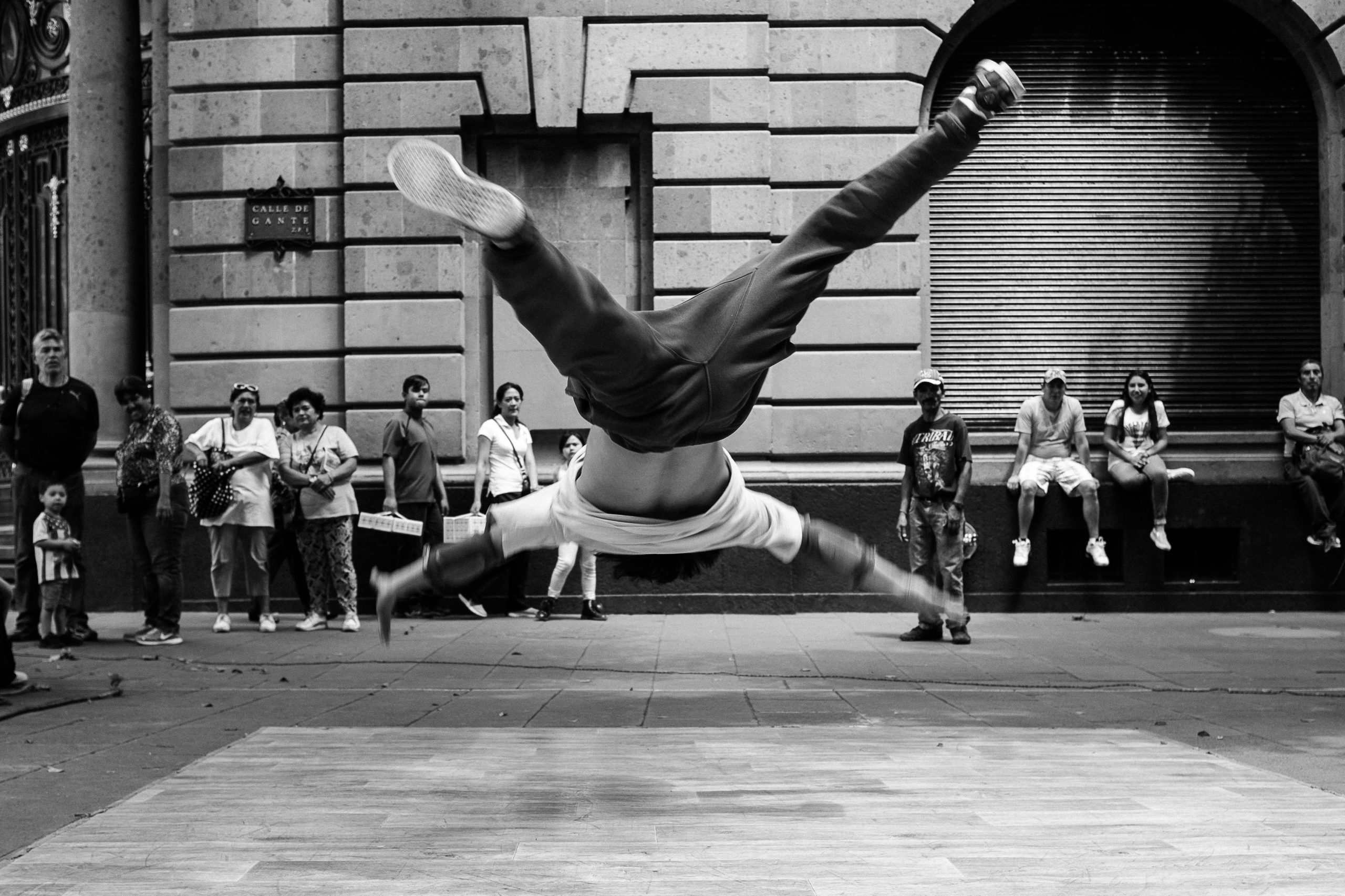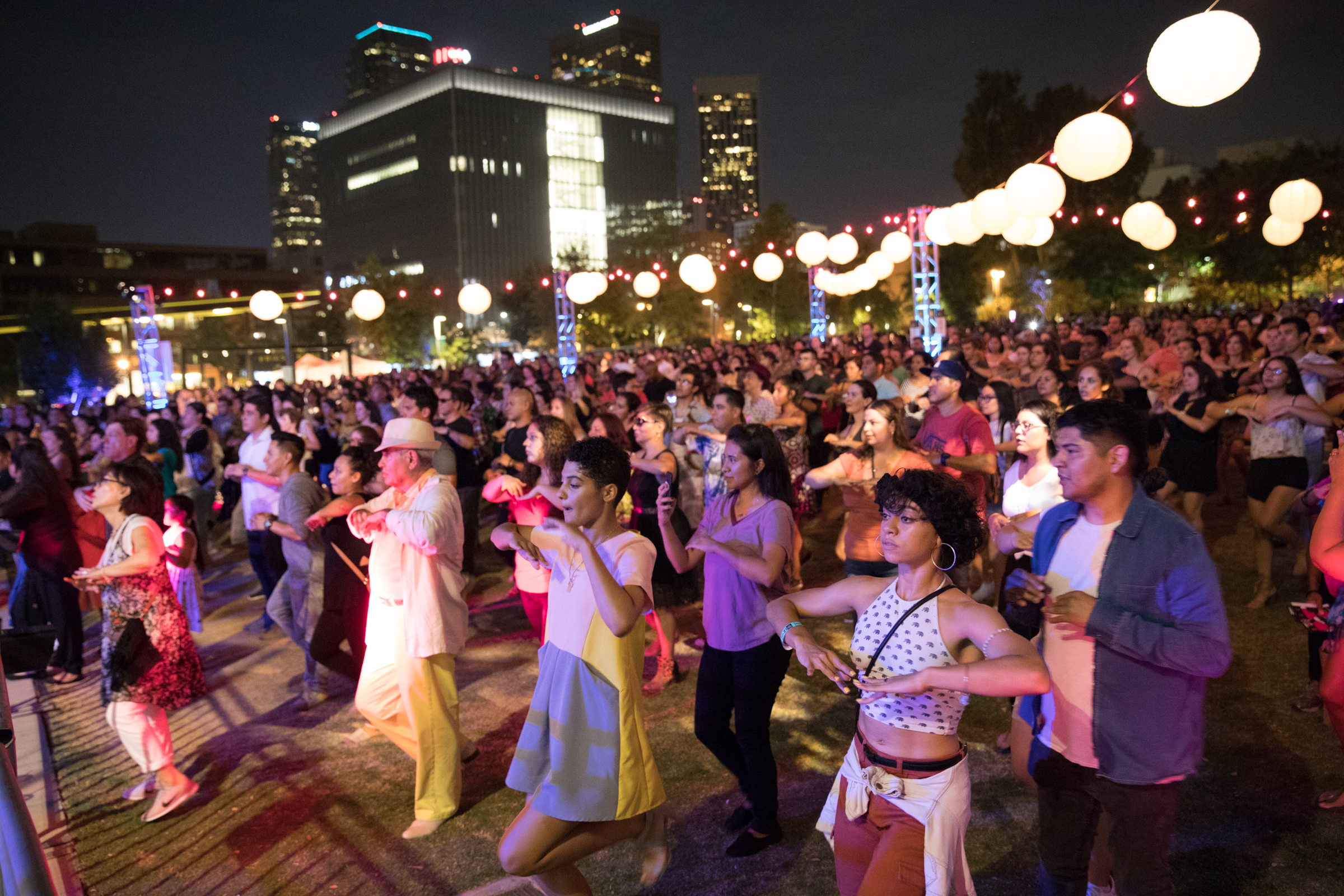The Role of Anchor Cultural Institutions
The Chinese use two brush strokes to write the word 'crisis. ' One brush stroke stands for danger; the other for opportunity. In a crisis, be aware of the danger – but recognize the opportunity.
John F. Kennedy, Convocation of the United Negro College Fund Indianapolis, Indiana, April 12, 1959
Anchor institutions are enduring, place-based organizations that play a vital role in the social and economic success of their communities.
Each neighborhood, city, or region includes an ecosystem of various kinds of anchor institutions such as colleges and universities, hospitals, community foundations, and other entities which are ”rooted in place.” These institutions, therefore, have a vested interest in the future of their surroundings; they are interdependent with the quality of life of their localities and their inhabitants.
Arts and culture organizations too can take on the mantle of anchor institutions. Around the world, enduring enterprises including museums and performing arts centers, theater companies and community-based arts centers employ artists, engage companies, activate community, and pursue social justice issues through deep engagement while also driving important economic impact as well as secondary benefits through ancillary expenditures.
As we look ahead to reopening venues, much will be different, much will need to change, and anchor cultural institutions will be called on to play a major role in reactivating the sector and reanimating communities. The thoughts that follow suggest that, like recoveries from other significant disruptions, the path forward will be long, have many steps, with unforeseen challenges as well as unexpected, but potentially positive outcomes. By suggesting a framework to consider possible strategies and actions, our goal is not to define the path; rather to stimulate a conversation and embolden forward thinking.
Givens:
- It is an essential human desire to gather, to celebrate, to learn and to thrive.
- In the time of COVID-19, this desire is offset by the more fundamental desire to be safe.
- Our cultural system will be more critical than ever to restore well-being, equity, and community coherence. But we must be ready.
- Our structures, methods of delivery, and economics must ‘adapt and change’ to ensure our artists and institutions are able to return to serve their communities, where they will be, as we make our way to the ‘next normal.’
- Because our sector (broadly) was already highly leveraged and deeply under-capitalized, and given the likelihood that a rapid return to historical levels of activity is low, it is essential to rethink how we engage, how and where we develop and deliver work, and how we deploy resources.
- The nature and scale of our organizations and the relationships among artists, labor, and management will need to be reimagined and rescaled.
Focus on Purpose
To meet these challenges, we need to recommit to purpose (why we do what we do). For decades, the arts and culture sector has been focused on “mission,” or what we do, and doing that to the very highest standards resources will allow. Success has enabled the work of many to increase access for some, but not to for all. It has engendered more diversity, but not enough. It has engaged more people, but not all who are interested and could enjoy arts and cultural participation. It is time to recommit to the core of our work: enabling artists to tell stories, to reveal meaning, to bring people together in a space where they can share in the experience.
As we look forward, we must reimagine how we connect with people (artists, employees, board members, partners, audiences and communities), redesign programs and services, and reinvent business models. Along the way we must also reframe our place in community, serve as anchor institutions, and shift perspectives from beneficiary of recovery to partner in recovery.
We are at the beginning of the road to return and the journey is unprecedented. It will be necessary to reimagine our organizations and set a course forward with new outcomes in mind. By defining our desired destination, while being agile as we adapt to new realities, we will be able to measure progress and shift and rebalance resources as we learn. We have already witnessed the wrenching reality and triage required to bring an entire sector to a near stop. As observers and advisors, we believe there are five stages to successfully restarting the arts and culture sector: Resilience, Readiness, Reimagination, Recapitalization and Return.
Summary
- Resilience
Stay engaged and connected. Sharpen the focus on your core purpose. Challenge assumptions.
2. Readiness
Build on expanded engagement, study the market, gather data, explore new scenarios.
3. Reimagination
Design and implement a different future.
4. Recapitalization
Communicate and advocate a new value proposition, new business models and new partnerships.
5. Return
Scale up and meet our communities where they are, over time.

It was only several weeks ago[1] that anchor cultural organizations were looking forward to strong results for the current fiscal year as the longest period of continuous economic growth appeared to be steady.
The sector was imagining future opportunities including deeper community entanglement, broader engagement and continuing to fulfill commitments to equity and inclusion. In just a blink of the eye that all turned inside-out. The sector’s first action to assure long-term continuity has been to focus on our most important assets: people and places. Already, initial triage actions are giving way to strategies to provide broad, while ad-hoc, community engagement and virtual content.
We need to pivot to reexamine our essential “purpose”[2] and become laser-focused on staying connected to our communities (whether local, regional, or global) while the route back becomes clearer. It is a time to affirm our commitment to engage the full breadth of our communities in all its diversity; from artists to audiences, to residents to visitors, to communicate value broadly and enable recovery. This effort is critical to underscore the sector not only as an economic force but as a force for social good.
Key strategies:
-
- Assets
The most critical task during this stage will be shepherding assets in a way that allows organizations to plan to return and, in fact, to reopen. There will be a tension between generosity and business and fiscal practicality that will be difficult and straining to navigate, particularly as it applies to people. - Digital
Nothing has been more dramatic than the robust embrace of digital distribution. But there are many questions about utility and economic effectiveness. Beyond the novelty, determining what, in fact, delivers on purpose, builds community engagement, and creates value will be key. It will take testing and adapting to develop “digital 2.0” for the arts and culture sector. The high standards and technical expertise of film and television, the usual producers for the ‘flat screen’ will set the bar high. Perhaps there is an opportunity for collaboration bringing together small-screen, large-screen, and stage producers — or perhaps it is competition that cannot be overcome.
- Assets

Reactivating anchor cultural institutions will be an extended process.
From managing public regulations to ensuring the comfort and safety of those who participate with us; to creating and delivering content, it is going to be a long and likely slow process. While the sector was turned off quickly, the switch back on will require ‘a long runway.’ Getting ready will require working with artists, producers and other partners to develop multiple operating scenarios that recognize the complexity of an incremental return to operation. Scenario planning will be essential to understand the leadership, human, and financial resources required to be ready to return. These efforts will not yield results immediately but are necessary prerequisites to success.
Key strategies:
- Listening and learning
We need to better understand market desire and willingness to participate, and in what manner (over time) constituents want to be engaged. - Inclusiveness
Efforts to embrace a diverse workforce, to broaden the presence of difference in our governance and leadership structures, and genuinely engage our communities will be tested. Our efforts must be authentic. - Restocking
Bringing back the many players that create the content pipeline will take time and resources. Recognizing the hardships that people will have endured will call for different types of engagements and new approaches to collaboration. - Engagement
Remaining present and connected with our audiences and visitors. - Exploring
Testing and understanding different scenarios for return, including scale, volume, and the nature of partnerships and access to resources necessary to succeed.
- Listening and learning

There is no doubt the abrupt shutdown, immediate loss of cashflow and already highly-leveraged nature of the arts and culture sector will require significant changes to business models and material recapitalization.
Rethinking the essentials will call for innovative solutions to meet the challenges of a successful return.
We can anticipate that many, if not most, arts and culture organizations will be necessarily smaller when they return. It will be critical that each organization is clear about its purpose and focuses scarce resources on what it does best; not what it has always done.
It will be essential to deleverage and recapitalize entities and the sector. There are four areas to be addressed:
- real and structural debt,
- lack of liquidity,
- high operating costs including contractual commitments, and
- expensive physical assets.
The sector needs to develop new strategies that will enable art-makers, producers and presenters to focus on core functions while creating new mechanisms to incentivize reinvestment and recapitalization. While reduction in scale and institutional consolidations are also a likely outcome, it will be important to develop systems that provide broad opportunities for expression and participation.
Traditional, independent structures may give way to new ‘shared-risk/reward’ models that both reduce the initial exposure and incentivize positive results.
Key strategies:
- Philanthropy
- Individual giving
Generosity has been key to the viability of the arts and culture sector throughout history. The data demonstrates that individual and individually directed giving was key to the recovery from the 2008/09 Global Financial Crisis. Competing for scarce resources will be a challenge, but those relationships are essential. - Collaboration
Given the importance of place, collaborative [regional] arts funds driven by more modest donors and the public sector may also be important. This will require a willingness to see ‘a shared win‘ where many organizations benefit. - Tax policy
Activating generosity through favored tax policy will be another component. Initial measures to increase the deductibility of charitable giving should be leveraged. Tax-exempt funding models should be explored.
- Individual giving
- Shared Services
Reducing overhead will be a second strategy. Collaborative operations that bring efficiency to operations will enable limited resources to have greater impact. Collective back-office operations with the capacity to leverage expertise and technology are proven effective and will be essential to efficient operations. Areas from accounting and box office operations to purchasing and human resources / benefits are all proven targets for collaboration. - Facilities
The expansion of ‘cultural facility trusts’ modeled after successful examples in Pittsburgh, Cleveland, New York City, and Denver may be a solution to allowing the different elements of the sector to ‘focus on what they do best.’ Producers can focus on making work. Operators can focus on running buildings. These enterprises will want to be public-private-partnerships with access to capital, the capacity to operate and maintain assets and the creativity to drive new sources of revenue. - Consolidation
Mergers between high-value organizations, large and small, are a likely result. Bringing together the creative energies of resourced and under-resourced entities in innovative and mutually beneficial ways may yield opportunities to engage and serve. - Risk
Shared-risk models will be necessary to motivate producers, presenters, artists, craftspeople and audiences to refill the dual pipelines of product and participation. Partnerships that reduce guarantees and pre-committed expenses in return for shared benefits downstream should be explored.

Restoring the sector’s capacity to make and deliver content will require collaboration and careful management of scarce resources – time, money, and leadership.
While the for-profit sector has the benefit of the “efficient capital markets” to create capital, it will be imperative to create a similar system for the not-for-profit arts and culture sector. The return is public value; assuring that our communities are places where people want to live and work. Social venture philanthropy and impact investing will be part of the solution. Foundations and the public sector, with their access to significant capital, will be essential partners in recovery. It will be important to recognize there will be intense competition for resources. A clear focus on compelling purpose and evidence of community benefit will be essential. As we work toward economic recovery, cultural recovery can be a full partner – driving employment and creating lasting value alongside other sectors.
Key strategies:
- Leadership
Everything flows from leadership. The artist is critical, but so too are our governance and professional structures. We need to repopulate boards with generative leaders, representative of the communities we seek to serve and the skills and resources we will require, who can help the sector navigate the path to future success. In the midst of this crisis, we also have the opportunity to better activate the generational shift in leadership already underway, throughout the entire organization. - Structure
Turning business models upside down so they are revenue driven will be crucial. Philanthropy should be viewed as investment capital rather than subsidy. This will call for a different partnership between artists, administrators, investors and donors. While recognizing generosity will remain central to vitality, clear-eyed partnerships envisioning an economic and social return will be key while other sectors of the economy are also focused on rebuilding. - Placemaking
Public and independent sector partnerships that put artists and organizations back to work to make our communities more beautiful, more thoughtful, and more connected places will also be essential. Program-related investments, low-interest operating loans, partnerships with community redevelopment agencies and community development financial institutions are all possible resources.

Bringing people together is at the very heart of what arts and culture does.
While there are those who will, without doubt, be ready and willing to come together to share and celebrate quickly, it is already clear that others will take more time to return to galleries, theaters and performance venues. It will take time to recreate the critical mass of participation required to realize the level of earned revenue that ‘makes the math work.’ This means that the arts and culture sector needs to design an on-ramp that scales with time, and access to resources in the context of local and regional demand. There are many levers: how much we do, how frequently we do it, how we do it, and through what spaces (and technologies) we choose to deliver it.
It seems reasonable to imagine that there will be a period before full confidence is restored, (perhaps not until a tested and broadly available vaccine is in place), that will call for a more modest level of distribution, leading to a time when more usual operations and a more typical scale of activity will be possible. There will be difficult decisions to be made about what can return and when. During that evolution, we will be challenged to be realistic about managing our resources while at the same time needing to recognize that our decisions will have real impacts on the livelihood of many artists and administrators. Constant monitoring and revaluation of how the sector rescales will support reimagining how community-based anchor institutions fulfill their many roles.
Key strategies:
- Engaged
Visibility and presence throughout this stage of the process will be key, and the ways creative producers achieve this will vary. Prior to the public having deep-enough confidence to gather in larger groups, focus should be on smaller scale activity, on engagement and education strategies; facilitating creative expression indirectly and ‘remaining present.’ Building on early community engagement efforts will pay dividends and making work more visible and available will be a key to early stage return. It may be smaller, much more informal and less developed than what can ultimately be delivered, but “live” will be a key. - Revealed
Given the long runway to creating and/or delivering new product, revealing the development process while artists are at work, sharing the magic of creativity is an opportunity to build and expand relationships that would prove valuable. Drawing on the lessons learned and experience gained through the present transition to digital may offer insight into effective mechanisms to open the window into this part of our work. - Recalibrated
Reconsidering costs of production will be essential. Management, artists, producers, labor, and others will need to realistically explore opportunities to lower cost and increase economic flexibility. High fixed costs, including collective bargaining agreements established in times of plenty will need to be renegotiated and new working relationships established. - Safe
While pent-up demand will be real, so will the concern for personal safety. Workplace and public space safety measures, both real and perceived, will be a paramount consideration for artists, staff, and audiences. Strategies that recognize and value the contributions all of the players required to realize artistic work will need to come to the foreground. Clear and frequent communications will be important. - Patient
Meeting demand where it is will be key to matching resources with return. Literally hundreds of millions of annual attendances need to be recovered. This presents the opportunity to not only re-engage current constituents, but to add many new ones. A straight-forward strategy, revealed across decades of our research and planning work, suggests that if we commit to ‘invite, welcome and retain’ those who are not yet involved we can grow participation.
The reality is that economic capacity and participation will ebb and flow. Being smart with supply and realistic with forecasting will be critical. The case for the important role of the arts and culture sector, and specifically the essential importance of place-based anchor cultural institutions, is well documented, but much will change.
Creative, thoughtful, and innovative strategies are required to drive the return to success. This calls for careful, thorough planning and new partnerships that will deleverage and recapitalize the sector.
This will take time. The time is now.
For the average company, the first casualty of a crisis is imagination. But those that shape and benefit from the future will be those who can imagine it.
Martin Reeves, Boston Consulting Group, April 2020
Steven Wolff is the Principal of AMS Planning & Research and AMS Analytics
for information contact: swolff@ams-online.com
[1] This paper was written in April 2020, during the COVID-19 global health crisis. Fiscal year refers to FY 2020. [back to article]
[2] Purpose is an organization’s ‘reason for being,’ its “why,” as contrasted with its ‘mission’ which is what it does. [back to article]
© Copyright 2023 by AMS Planning & Research


